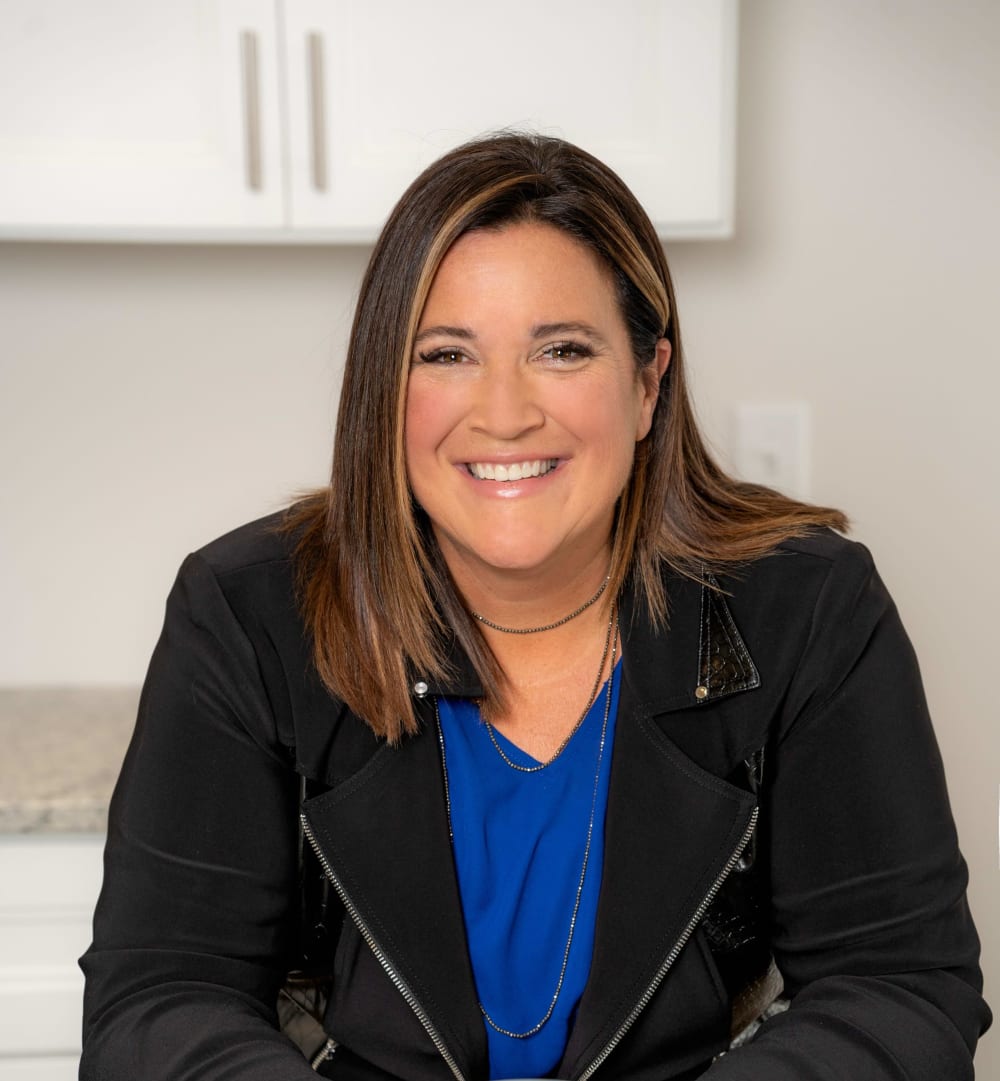Owning your dream home is a lifelong aspiration for many. It’s about more than just a place to live—it’s a sanctuary that reflects your lifestyle, aspirations, and personal style. Achieving this milestone, however, requires a well-structured approach. From envisioning your ideal home to crossing the finish line on closing day, every step plays a critical role. This guide outlines the process of owning your dream home, ensuring your journey is smooth, efficient, and rewarding.
Define Your Vision
The journey to owning your dream home begins with a clear picture of what that home looks like. Take the time to think about your needs, preferences, and lifestyle. Consider the following:
-
Location: Do you dream of living in a bustling city, a quiet suburb, or a serene countryside? Proximity to work, schools, and amenities might also influence your decision.
-
Style and Features: What architectural style appeals to you? Would you like an open floor plan, a large backyard, or eco-friendly features?
-
Size: How many bedrooms and bathrooms do you need? Do you require additional spaces like a home office, gym, or guest suite?
Creating a list of must-haves and nice-to-haves will help you stay focused as you begin your search.
Assess Your Financial Readiness
Owning a home is a significant financial commitment. Before you start shopping, evaluate your financial situation to ensure you’re ready to take on the responsibility. Key considerations include:
-
Credit Score: A strong credit score can help you secure better mortgage terms. Obtain your credit report, review it for errors, and take steps to improve it if necessary.
-
Budget: Understand what you can afford by analyzing your income, savings, and monthly expenses. Use a mortgage calculator to estimate your monthly payments, factoring in property taxes, insurance, and maintenance costs.
-
Down Payment: Most lenders require a down payment ranging from 3% to 20% of the home’s purchase price. A larger down payment can lower your monthly payments and eliminate private mortgage insurance (PMI).
Consider consulting a financial advisor to help you align your budget with your homeownership goals.
Get Pre-Approved for a Mortgage
A mortgage pre-approval is an essential step in the home-buying process. It provides clarity on how much you can borrow, ensuring you focus on homes within your price range. Additionally, it strengthens your credibility as a buyer when making offers.
To get pre-approved, you’ll need to provide financial documents such as pay stubs, tax returns, and bank statements. Research lenders to find the best rates and terms that suit your needs. Your pre-approval letter will serve as a powerful tool as you navigate the competitive real estate market.
To get pre-approved, you’ll need to provide financial documents such as pay stubs, tax returns, and bank statements. Research lenders to find the best rates and terms that suit your needs. Your pre-approval letter will serve as a powerful tool as you navigate the competitive real estate market.
Find a Knowledgeable Real Estate Agent
A skilled real estate agent is your partner in finding your dream home. Their expertise can save you time and stress while ensuring you make informed decisions. When selecting an agent, look for someone with experience in your desired area and a track record of successful transactions.
Your agent can:
Your agent can:
-
Provide access to listings that meet your criteria.
-
Offer insights into market trends and property values.
-
Schedule showings and provide advice during tours.
-
Negotiate on your behalf to secure favorable terms.
A good agent is not just a guide—they are an advocate for your interests throughout the process.
Start Your Home Search
Once your criteria are defined and your agent is on board, it’s time to start house hunting. Be prepared to view multiple properties and evaluate each based on your priorities. Consider factors such as:
-
Condition: Are there any noticeable repairs or renovations needed?
-
Layout: Does the home’s floor plan align with your lifestyle?
-
Future Potential: Could this home increase in value or adapt to your changing needs?
Take your time and trust your instincts. The right home will feel like it was made for you.
Make an Offer
When you find a home that fits your vision, work with your agent to craft a competitive offer. Your offer should reflect the market conditions, comparable home sales, and any unique features of the property.
Be prepared for negotiations. Sellers may counter your offer, requesting a higher price or adjusting terms. Your agent’s expertise will be invaluable in navigating this stage and ensuring you reach an agreement that works for you.
Be prepared for negotiations. Sellers may counter your offer, requesting a higher price or adjusting terms. Your agent’s expertise will be invaluable in navigating this stage and ensuring you reach an agreement that works for you.
Conduct Inspections and Due Diligence
Once your offer is accepted, the next step is conducting a home inspection. A licensed inspector will assess the property’s condition, identifying any potential issues with the structure, systems, or appliances.
If the inspection reveals significant problems, you may renegotiate the price or ask the seller to address the issues. This step ensures you’re fully aware of what you’re buying and helps you avoid unexpected expenses after closing.
If the inspection reveals significant problems, you may renegotiate the price or ask the seller to address the issues. This step ensures you’re fully aware of what you’re buying and helps you avoid unexpected expenses after closing.
Secure Financing and Close the Deal
With the inspection complete, finalize your mortgage application. This involves providing additional documentation and completing the underwriting process. Once approved, you’ll receive a closing disclosure outlining the loan terms and final costs.
On closing day, you’ll sign the necessary documents, pay closing fees, and receive the keys to your new home. This is a moment of celebration, marking the culmination of your hard work and planning.
On closing day, you’ll sign the necessary documents, pay closing fees, and receive the keys to your new home. This is a moment of celebration, marking the culmination of your hard work and planning.
Maintain Your Investment
Owning a home comes with ongoing responsibilities. Regular maintenance keeps your property in top condition and preserves its value. Create a schedule for tasks such as:
-
HVAC system servicing.
-
Roof and gutter inspections.
-
Plumbing and electrical maintenance.
-
Landscaping and pest control.
Additionally, protect your investment with comprehensive homeowners insurance, ensuring you’re covered in case of unexpected events.
Owning your dream home is a rewarding journey that requires patience, planning, and determination. By following these steps, you’ll navigate the process with confidence, turning your vision into reality.
Remember, your dream home is more than just a place to live—it’s a reflection of your aspirations and a space where memories are made. Start today, and take the first step toward owning the home you’ve always imagined.
Owning your dream home is a rewarding journey that requires patience, planning, and determination. By following these steps, you’ll navigate the process with confidence, turning your vision into reality.
Remember, your dream home is more than just a place to live—it’s a reflection of your aspirations and a space where memories are made. Start today, and take the first step toward owning the home you’ve always imagined.
Discover More with the Deb Paton Showley Group
Whether you're buying, selling, or just curious about the market trends, perhaps even exploring homes for sale in Silver Lake Indiana, staying informed is key. The Deb Paton Showley Group is here to assist you with expert advice and personalized service. Reach out today to start your real estate adventure with a team that truly understands your needs.





